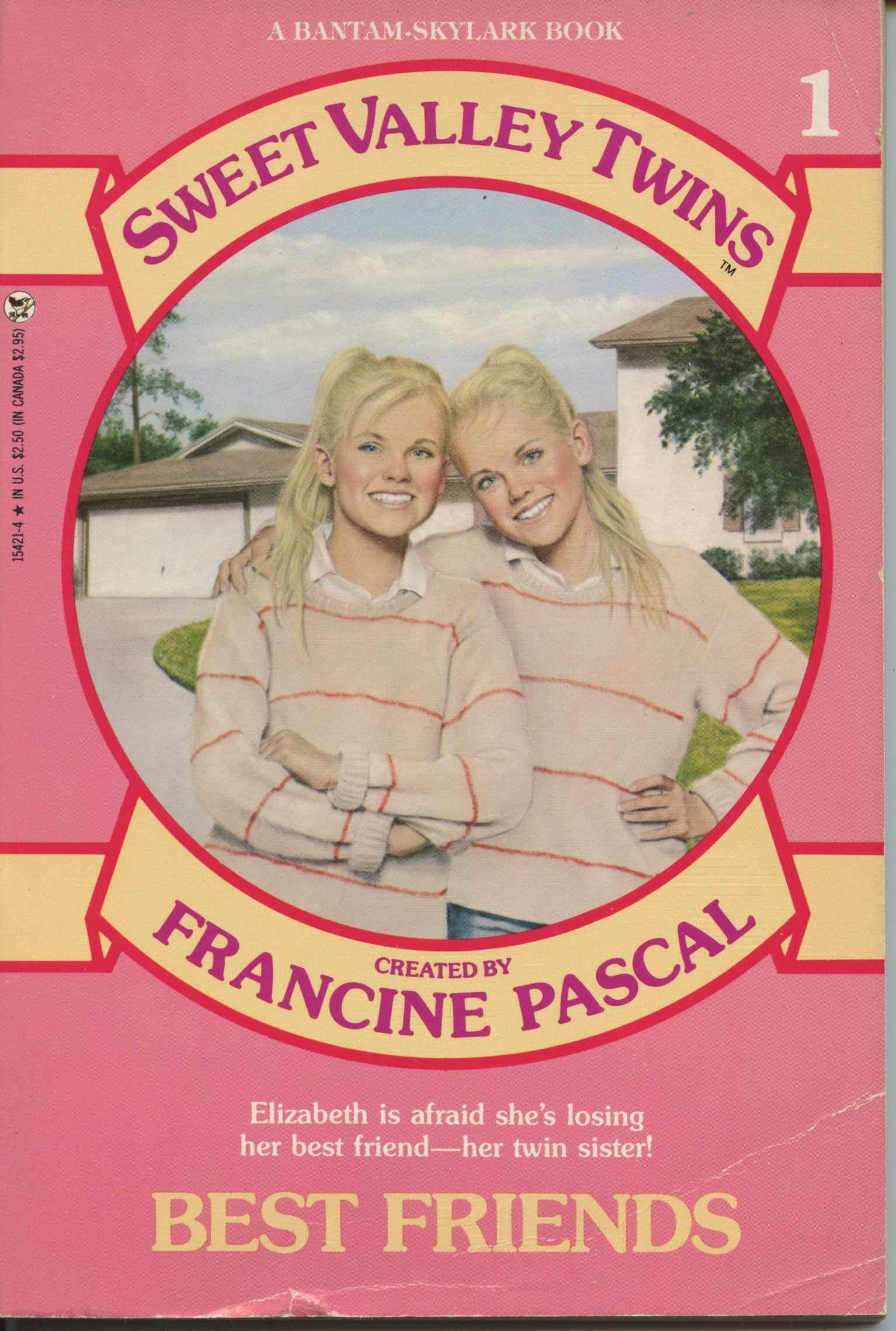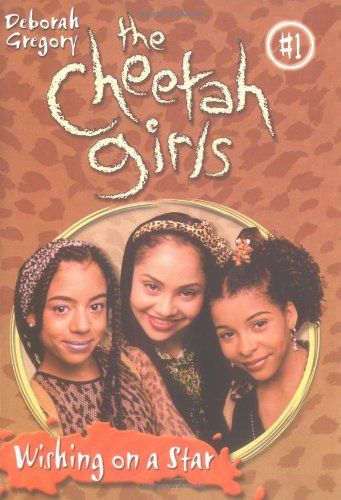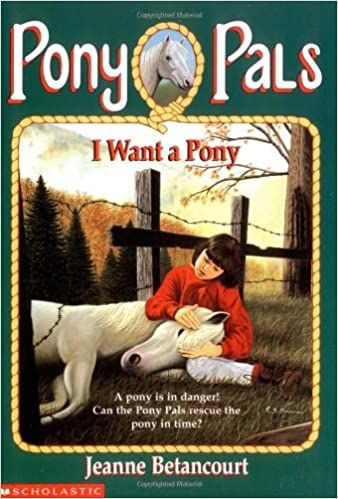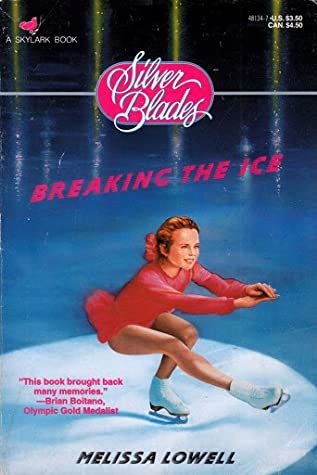Xers and Millennials probably remember popular series books like The Baby-Sitters Club and Sweet Valley High, and the mountains of branded toys, clothes, games, and screen adaptations were part of the fun. But those weren’t the only books with matching covers and spines that populated the spinner racks at the library. Publishers have been banking on quickly produced, easily recognizable brands for over a century now. Though you might not know the name, you can thank the Stratemeyer Syndicate for helping make paperback series fiction for tweens and teens a huge part of everyone’s youth and Alloy Entertainment (née 17th Street Productions) for giving us some of the iconic series of the early ’00s before they pivoted somewhat and became known for author/corporate co-created literary blockbusters like American Street and You. As an elementary schooler, I was already an aspiring writer and was in awe every time I read Karen Brewer‘s latest adventure and got a preview of the next book in the pipeline. First of all, how did they know? It seemed like sorcery. And second of all, how lucky was I that I wouldn’t have to wait too long to see what came next. In middle and high school, somehow I ended up on a teen advisory committee of some sort and got to give my feedback and receive sneak peeks of new series like The A-List. I remember suggesting to them that their next tie-in item be a ripoff of Bonne Bell called Glossip Girl. This was the beginning of a lifelong interest not just in books for literature’s sake but books as cultural artifacts—product placement in fiction, stables of ghostwriters (or one principal one with a few extras on the side—have you watched Young Adult? hashtag goals), appealing packaging, multimodal delivery…I found it endlessly fascinating and I was HERE. FOR. IT. I can say with absolute certainty that 50% of the reason I went into graduate study of children’s literature is because I wanted to figure out how the sausage was made. Unlike the adults who wanted me to read more literary books or the friends who grew out of them, I never stopped appreciating the gift these books gave hungry readers, and I also had to give them a lot of props for such an effective and genius business model. AND I wanted to write them. Still do. The stories I wrote when I was young were somewhere between fan fiction and exercises in mimicking voice and style to develop my own craft, and I’m much happier diving into an established voice the way an actor dives into a character and co-creates them with the screenwriter than I am writing from scratch. Another thing that is fascinating to me as a scholar and researcher of children’s and YA literature is the (often problematic, but that doesn’t make it uninteresting or unworthy of unpacking) way the main character(s) were developed. How many book series do you remember with the word “club” in them? Were you primed to see diversity as white-and-blonde, white-and-brunette, white-and-redheaded, and one person of color, or possibly somebody Jewish instead? Do you remember how there were specific titles that were dedicated to learning about Kwanzaa, Las Posadas, or Chinese New Year, and then every other installment made race or ethnicity a non-issue? My adoration of mass market series fiction (not “series” as we’re more familiar with these days, with multi-book story arcs that must be read in order) didn’t end at classics like the BSC, it began there. There were so many other books riding on Ann M. Martin and Francine Pascal’s coattails that I devoured. To this day, if I see a copy hiding out in a thrift store or in the stacks at a used bookstore whose buyer clearly didn’t know enough about kid lit to know that hadn’t been popular since 1998, I snatch it up. And any time you need to check yourself and confirm that a series you’re remembering was indeed real, chances are there’s a fandom dot com (formerly wikia) for whatever you’re reminiscing. Which of these franchises do you remember fondly? This list is incredibly white, but that’s rather the point. These series didn’t really see readers of color, but I (un)fortunately found a place in them. Any of your favorite second-tier (first-tier in my heart) series that didn’t make the list? Let me know!





